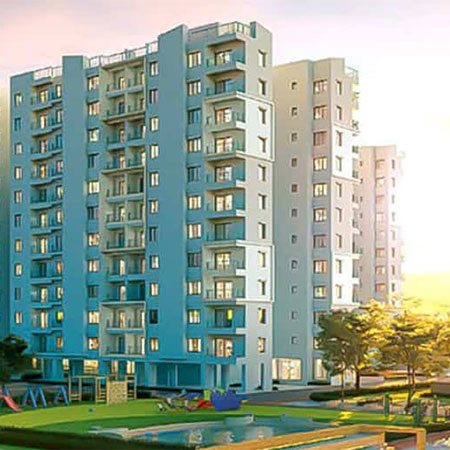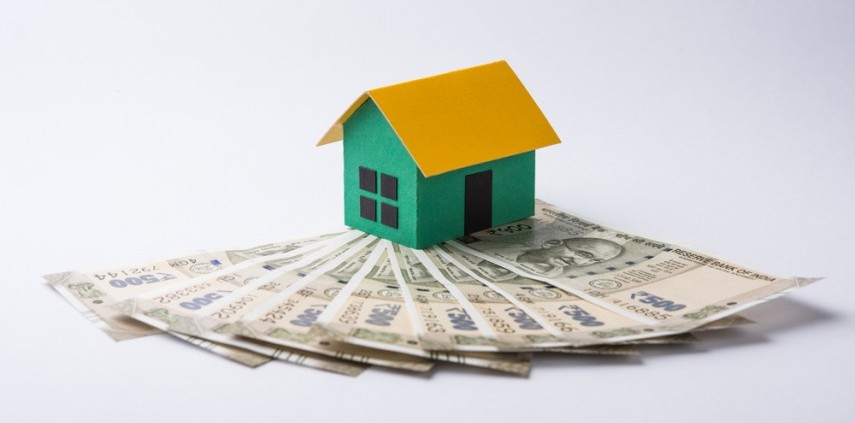

The Silent Burden: A Deep Dive into External Development Charges
21st June, 2024

If you are planning to purchase a property in a residential project, you are required to bear the Infrastructure and External Development Charges. These levies are mandatory and may vary as per the size of the apartment. Read on to know more about these charges and how they may influence your home acquisition cost.
Introduction to External Development Charges (EDC)
Purchasing a property is not just about paying for the land or the construction. There are several additional costs involved, and one of the significant ones is the External Development Charges (EDC). Understanding these charges can help you plan your budget more effectively and avoid any financial surprises down the road.
What is EDC?
External Development Charges (EDC) refer to the fees paid by the developer to the municipal authorities for the development and maintenance of civic amenities within a project. These charges are mandated by the Real Estate (Regulation and Development) Act (RERA), 2016. Essentially, EDC covers the cost of infrastructure such as roads, water supply, electricity, landscaping, drainage, sewage systems, and waste management.
Components Covered Under EDC
Roads
Construction and maintenance of internal roads are crucial for ensuring smooth transportation within the residential project. These roads connect various parts of the project and provide essential access for residents, emergency services, and maintenance staff.
Water Supply
EDC ensures adequate water supply to the project. This includes the installation of pipelines, storage tanks, and pumps to provide a consistent and reliable water supply to all residents.
Electricity
Provision and maintenance of electricity infrastructure are also covered under EDC. This involves setting up power substations, transformers, and electrical distribution networks to ensure a stable electricity supply throughout the residential project.
Landscaping
The development and upkeep of green spaces and parks are vital for enhancing the aesthetic appeal and environmental quality of the project. EDC funds the creation of gardens, playgrounds, and recreational areas that provide residents with open spaces to relax and enjoy.
Drainage and Sewage
Efficient drainage and sewage systems are essential for maintaining hygiene and preventing waterlogging. EDC covers the installation of drainage pipes, sewage treatment plants, and other necessary infrastructure to manage wastewater effectively.
Waste Management
Proper waste disposal mechanisms are necessary to keep the residential project clean and sanitary. EDC includes the setup of waste collection points, recycling facilities, and waste treatment systems to ensure that garbage is managed responsibly.
How EDC Affects Homebuyers
Although the developer pays EDC to the authorities, the cost is ultimately passed on to the homebuyers. This can increase the overall project cost by approximately 15-20%. For a potential homeowner, this means an additional expense on top of the base price of the property.
Difference Between EDC and IDC
While EDC focuses on the development of amenities within the residential project, Infrastructure Development Charges (IDC) are collected by the government for broader infrastructure projects across the state. IDC funds are used for socio-economic growth, including the construction of highways, bridges, and the overall transportation system. Both charges vary depending on the location and type of project.
Calculation of EDC
Calculating EDC involves understanding your area's Floor Area Ratio (FAR). FAR is the ratio of a building's total floor area to the size of the plot. For example, if the FAR is 3 and the plot size is 1,000 sq ft, the maximum permissible building size would be 3,000 sq ft. The EDC rate per sq ft would then be the applicable EDC rate per acre divided by the total permissible area.
Penalties for Default in EDC Payment
If there is a default in the payment of EDC, a penalty is imposed, which must be paid by the developer. Importantly, this penalty cannot be transferred to the homebuyers. Hence, it's crucial for developers to adhere to the payment schedule to avoid additional costs.
Regional Variations in EDC
EDC rates can vary significantly across different regions and cities. For instance, in Kolkata, the charges differ for hyper, high, medium, and low-potential zones. This variation is due to the differing levels of infrastructure development and civic amenities required in each area.
How to Check EDC Rates for Your Area
To check the EDC rates applicable to your area, you can contact the developer or refer to the Department of Town and Country Planning (DTCP) website. It's advisable to stay informed about the current FAR and EDC rates to ensure you're aware of the costs involved in your property purchase.
Importance of Being Informed About EDC
Being knowledgeable about EDC helps you better understand the total cost of purchasing a property. It also enables you to ask informed questions to the developer and ensure there are no hidden charges. Additionally, knowing the EDC rates and payment schedule helps you plan your finances more effectively.
Real-Life Examples and Case Studies
Consider a homebuyer in Gurgaon looking to purchase a 1,500 sq ft apartment. With a base price of ₹50 lakhs, the buyer might expect to pay an additional ₹5 lakhs as EDC, assuming a 10% rate. This highlights the significant impact EDC can have on the overall cost. Similarly, understanding the payment schedule and potential penalties can prevent future financial strain.
Conclusion
External Development Charges (EDC) are a crucial component of the total cost when purchasing a property. By understanding what EDC covers, how it is calculated, and the payment schedule, you can better prepare for the financial aspects of your property purchase. Staying informed about regional variations and being proactive in seeking information can help you avoid surprises and ensure a smoother home buying experience.
Frequently Asked Questions (FAQs)
What exactly are External Development Charges (EDC)?
External Development Charges are fees paid by the developer to municipal authorities for the development and maintenance of infrastructure and civic amenities within a residential project.
How are EDC and IDC different?
EDC covers infrastructure within the residential project, while IDC is for broader infrastructure projects like highways and bridges that benefit the entire state.
How is EDC calculated?
EDC is calculated based on the Floor Area Ratio (FAR) and the applicable EDC rate per acre, divided by the total permissible area for development.
What happens if the developer defaults on EDC payment?
A penalty is imposed on the developer, which cannot be passed on to the homebuyers. This ensures buyers are protected from additional costs due to the developer's non-compliance.
How can I check the EDC rates for my area?
You can check the EDC rates by contacting the developer or referring to the Department of Town and Country Planning (DTCP) website. Being aware of the current rates helps in better financial planning.
By understanding and accounting for External Development Charges, you can ensure a well-planned and informed property purchase, avoiding unexpected financial burdens and ensuring a smoother homebuying process.

